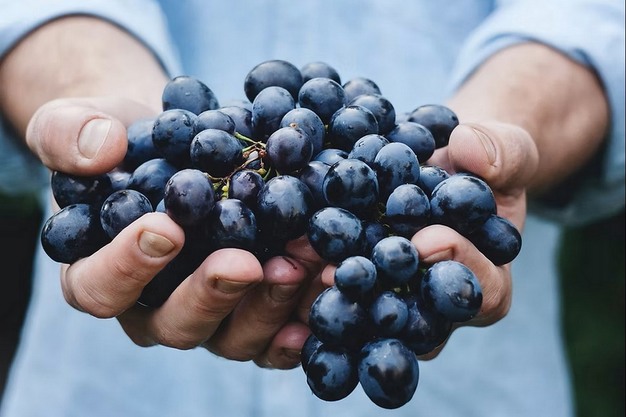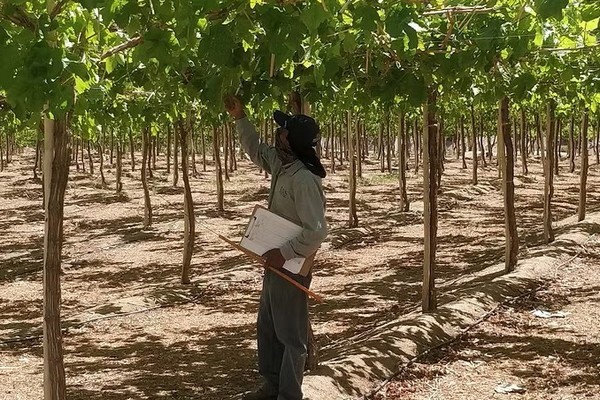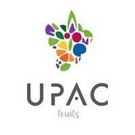Chilean fruit growing is experiencing significant changes. With most shipments going to China and a global market characterized by oversupply, shifting consumer preferences, and increasing competition, Chilean exporters are struggling to adapt to new trends and diversify their markets. Cherries, grapes, and avocados are central to this transformation.
"Today, nearly 90% of Chilean cherries are exported to China, but we need to reopen the European market, the U.S. market, and explore other Asian markets," stated Nicolás Yavar, vice president of Sales and Operations of UPAC Fruit of Chile. Before China opened its market, 70% of Chilean cherries were shipped to the United States, and 30% to Europe, he added. However, re-entering these markets is a tough challenge. "Getting back into the U.S. market is expensive because the programs have disappeared, so we have to rebuild consumer interest again," Yavar says.
 © UPAC Fruit
© UPAC Fruit
Projections for this cherry season look more promising than last year. The Chinese New Year, which falls on February 22 this year, allows for staggered shipments and avoids the extreme concentrations seen in 2023, when peaks of 23 million boxes were reached in a single week. Additionally, selective pruning has improved the size and condition of the fruit, which are crucial factors for competing in the Asian market. "Sales will be good if we send firm fruit, with good flavor and sugar levels," Yavar stressed.
 © UPAC Fruit
© UPAC Fruit
The outlook for grapes is more uncertain. China has significantly increased its domestic production, especially of the Shine Muscat variety, which puts pressure on Chilean and Peruvian early green grapes. "Chinese consumers are looking for flavor over size," Yavar stated, highlighting the need to bet on new varieties with improved sweetness and longer post-harvest life. In addition, he said, in Asia, premium fruit is considered a gift item, which has driven a sophisticated approach to local repackaging: "In China, cherries, grapes, and avocados are repackaged with exclusive designs, as the fruit is considered a fine gift." This trend compels Chilean exporters to rethink presentation and added value.
 © UPAC Fruit
© UPAC Fruit
Avocado demand in Asia is rising steadily, but Peru's rapid growth has caused oversupply, which puts pressure on prices and raises quality standards. China, for example, now requires a minimum of 22% dry matter to ensure better taste and texture. "People are eating more avocados in China, but we have to make sure that the fruit arrives in optimal conditions," Yavar said.
UPAC Fruit's goal is clear: to stay competitive, the sector must diversify destinations, increase consumption in the United States, and adapt to the needs of an increasingly sophisticated Asian market. "Chilean fruit must respond to what consumers are asking for: flavor, presentation, and quality," Yavar emphasized.
 © UPAC Fruit For more information:
© UPAC Fruit For more information:
Nicolás Yavar
UPAC Fruit
Chile
Tel: +56 9 9346 8037
Email: [email protected]
www.justfruits.org
